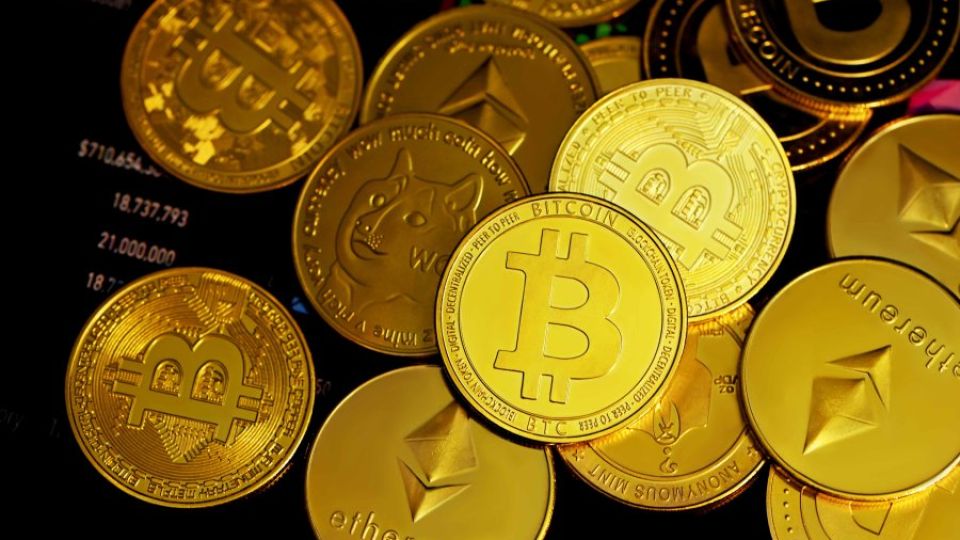January 19, 2024
SINGAPORE – The Asia-Pacific region, where many have no access to banks, is likely to have quicker adoption of stablecoins as a form of cross-border payment than other places, says a report.
Stablecoins are cryptocurrencies whose value is pegged to that of another currency, commodity, or financial instrument. It is usually pegged to the United States dollar on a one-to-one basis.
The report by global payments firm Circle Internet Financial released online on Jan 15 noted that the region has a large swathe of people who are unbanked and rely on digital apps for transactions.
It said the Asia-Pacific is ahead of the curve in digital asset adoption, accounting for 29 per cent of digital currency value received in 2022, compared with 19 per cent in North America and 22 per cent in Western Europe.
A contributing factor is that 46 per cent of the Asia-Pacific’s 1.8 billion online population already uses a digital wallet.
Among South-east Asia’s unbanked, digital wallet penetration could reach 58 per cent by 2025, the report said.
The rapid advance of private sector innovation has occurred in lockstep with key Asia-Pacific policymakers and regulators, it added.
In particular, India, Hong Kong, Malaysia, Singapore and Thailand have established round-the-clock real-time payments systems that have achieved significant scale and volume.
In Singapore, for instance, the Monetary Authority of Singapore (MAS) regulates stablecoins through the Payment Services Act.
In August 2023, the regulator built on existing rules and proposed a framework to establish a MAS-regulated stablecoin, as it positioned Singapore as a digital asset hub.
In Japan, stablecoin implementation rules came into effect in June 2023, while Hong Kong wrapped up its first consultation on stablecoins in January 2023 and is widely expected to roll out the rules in 2024.
Growing regulations aside, the region is primed to warm up more quickly to stablecoin payments for a number of other key reasons.
The report said Asia is home to much of the world’s supply chain and information and communication technology (ICT) services.
It said commercial trade in Asia is estimated to be US$22.5 trillion (S$30 trillion) in 2022 to 2023, or nearly 65 per cent of the region’s US$35 trillion gross domestic product.
The Asian Development Bank estimates that the trade finance gap in Asia is about US$510 billion, a gap stablecoins can help plug, the report noted.
For trade to take place, many of the region’s small and medium-sized enterprises must secure trade financing such as letters of credit, trade loans, guarantees and insurance – something they have limited access to.
Given that stablecoins like Circle’s USDC are built on blockchains, settlement of transactions happen globally in near-real time and for a small fee. Users also do not need a bank account to access their funds.
In 2022, remittances worth US$130 billion flowed into the Asia-Pacific, and it costs an average of 5.7 per cent to send US$200 into the region, the report noted.
In 2023, the number of USDC wallets with a balance of at least US$10 has grown 59 per cent to a total of about 2.7 million, Circle said.
It said the number of USDC transactions in the first 11 months of 2023 was 595 million.
The report also noted that stablecoins’ use in speculative trading also declined 90 per cent in the last five years.


